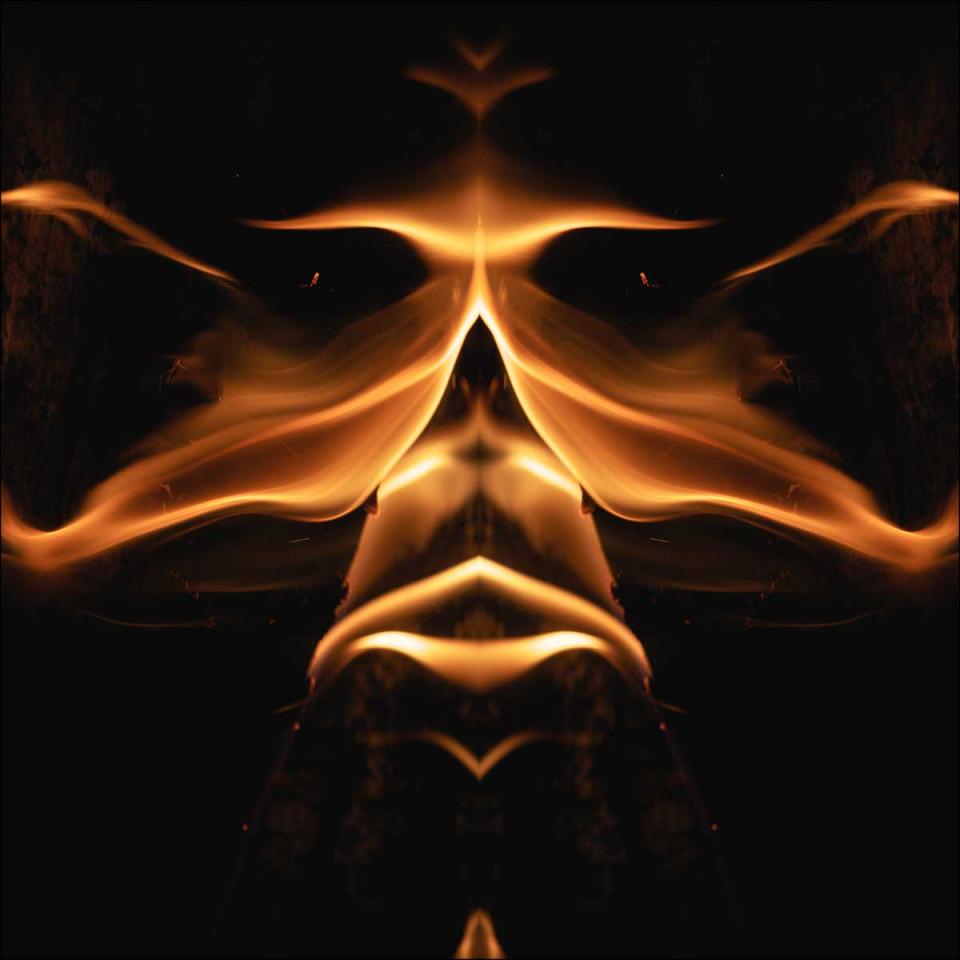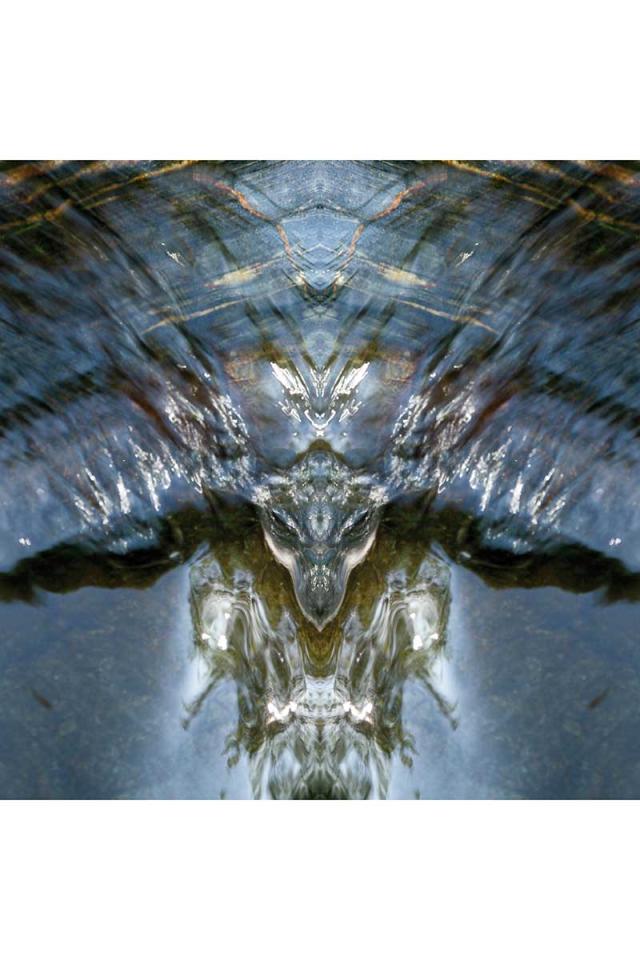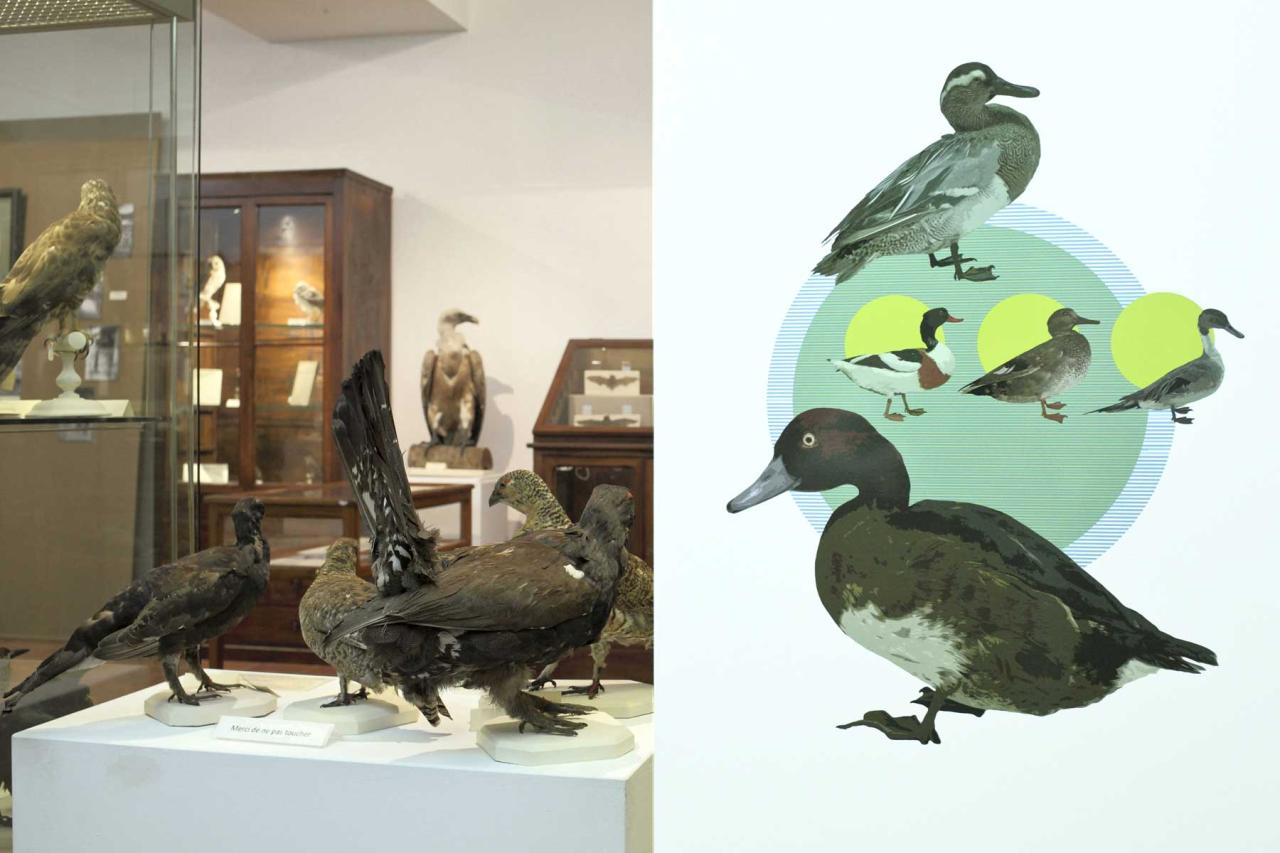Arthur Akopy
Born in 1945
Lives and works in Embrun



Arthur Akopy's landscapes
Arthur Akopy paints, strolls, collects various objects, installs them here or there, gathers, arranges, assembles, glues his fragments in nature, photographs them... Modernity has increasingly taught us to contextualize works, to use the methods underlying them, the processes they employ, and their form of disclosure, as different ways of assembling their meaning. At times this reaches such a point that the work produced can no longer be dissociated from the history of its making as a whole- that is, its author's biography. We are by now aware of the displacements that conceptual processes popularized during the sixties. The indeterminate nature of the work itself is complemented by the landscape's own indeterminate status. It was a pictorial genre defined by its object of study. It has now become a form whose contents lack precision. The word's success is proportional to the problems it raises. It is an "general term of current society"(1) which one finds in the field of art criticism, geography, sociology,and still others.
What surfaces in relation to the concept of landscape, are the philosophical doubts of our time; the refusal to oppose the subject (artist or scientist) to the object (the world), the will to combine a scientific or objective approach with an affectionate approach, opening onto all dimensions of the imagination. We have reached a world of generalized exchanges and reciprocating determinations. To take a known example from the art of strolling (originating in 18th century England...) let us suggest the silent walks represented by Richard Long, his collections, his sparse photos, his texts made up simply of the names of places traversed or perceived. Richard Long is well indeed in a landscape. But we are aware that he creates his landscape by walking. At the same time we know the precise geographical references of his walks in the English countryside (a kind of landscape), and the gestures he chooses to execute in the sites that inspire him (landscape signs?). Could this multiple landscape be the dominant paradigm of the contemporary landscape?
In a recent text, Pierre Sansot, wished to see the art of the landscape as the expression of a force capable of opposing itself to a reality which threatens to submerge us at each moment. The artist is he who has the courage to "oppose his own vigor to the world's". There is then "something that resembles a landscape"(2). The idea is nice, but, as we've seen, the subject no longer measures the real through amorous or dramatic duels. It's through a game of changing positions, attacks from different angles using variable times and scales of space. Arthur Akopy is a good example. All his work relies on a "landscape" approach, a landscape inciting a new vision of things. Though a hiker, he has never ceased being a painter and a draftsman of remarkable talent. All the same, no "view", in the traditional sense of the word, no map, no territory appears in what he presents. The artist seems to ignore the compass and pokes his nose at abstract reference points and cardinal directions. Attentive to each object and concerned with its sensible qualities, he nonetheless has a taste for balance and a certain rgour, as concerns a drawing, as the order of verticals and horizontals reiterates for us. In this pastoral work, objects, rectangles and squares, suspended or laid out on the ground, introduce a dimension of serene waiting nourished by the perfection of straight lines.
Pierre Paliard, Art historian, December 1997
1 - Georges Bertrand, Le paysage entre la Nature et la Société, article reproduced in La théorie du paysage en France, published under the direction of d'Alain Roger, Champ Vallon, 1995, p. 89
2 - Pierre Sansot, L'affection paysagère, in Mort du paysage?, collection of texts assembled under the supervision François Dagognet. Coll. Milieux, Champ Vallon, 1982, p. 66